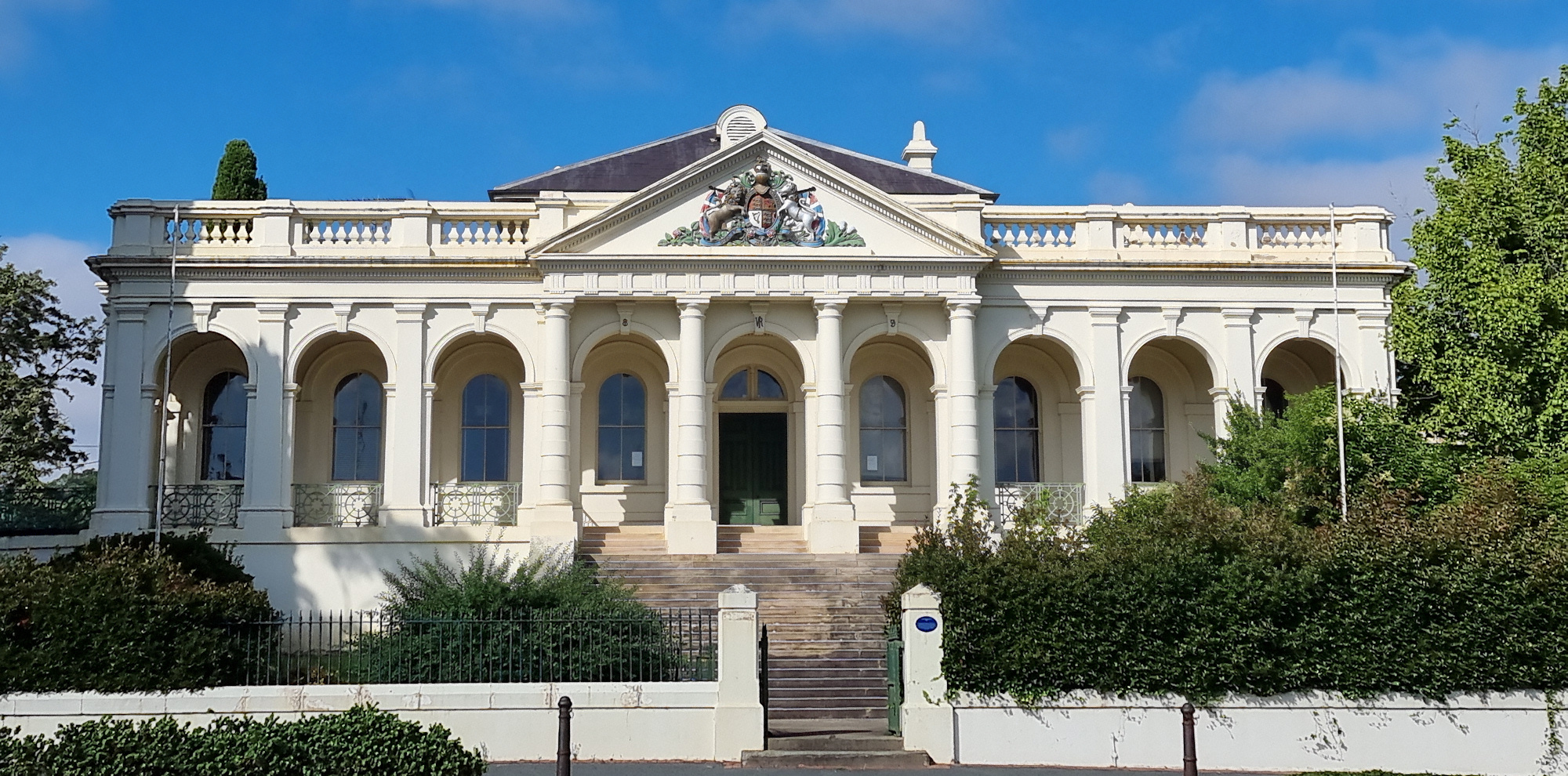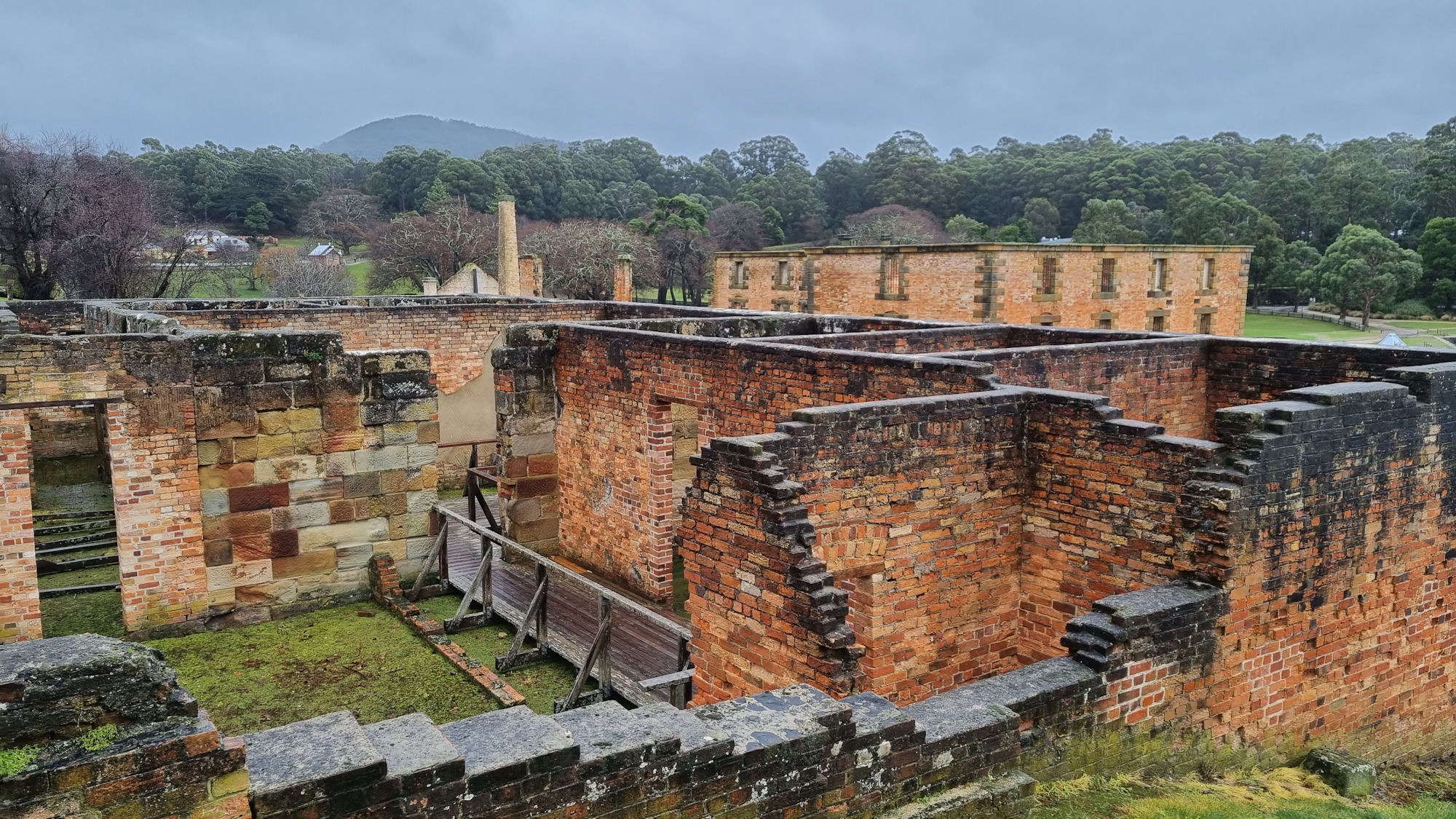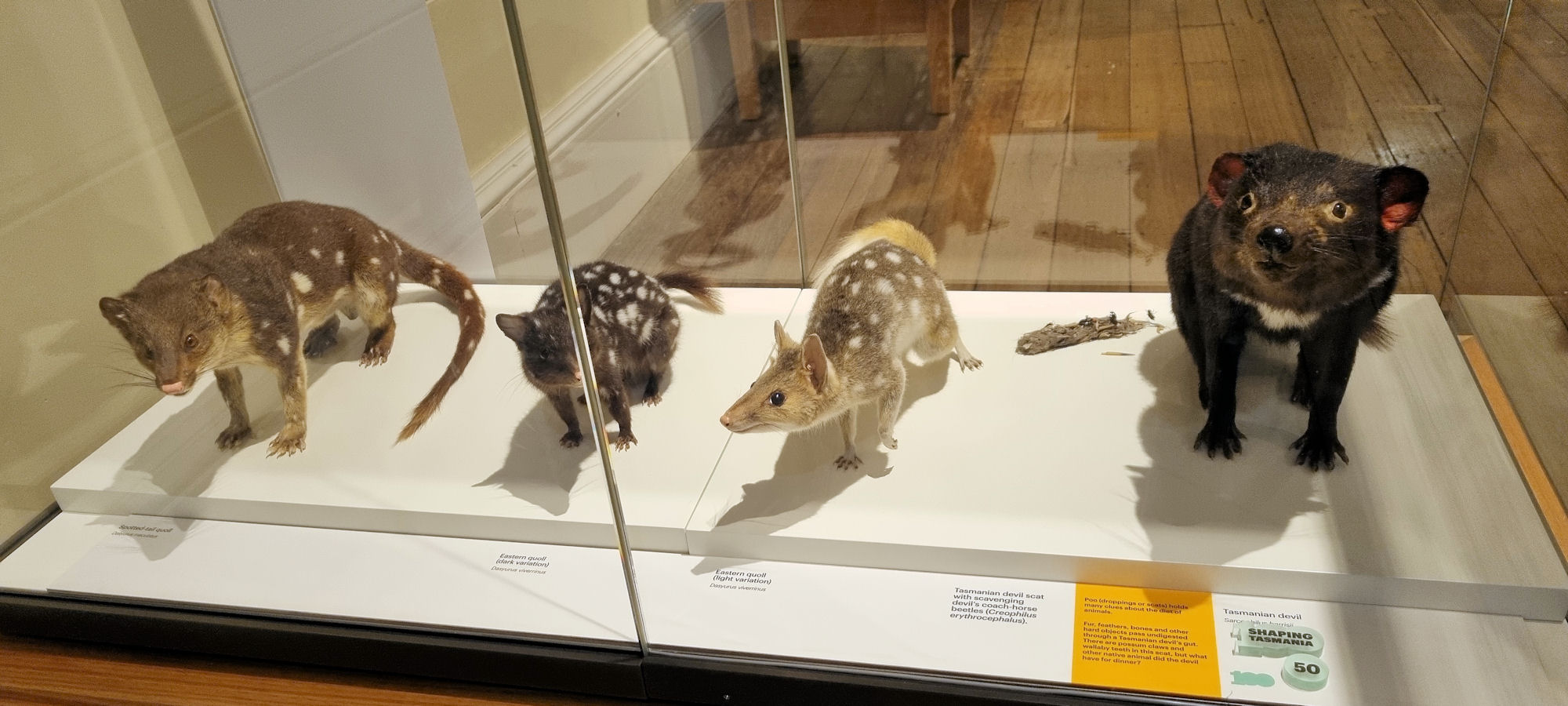Tag: museum
-
Yass New South Wales

Yass New South Wales An hour’s drive north of Canberra, or west from Goulburn, Yass is an historic New South Wales Town. We were passing through on a drive from Canberra to Orange so stopped to have a quick look around. Being early morning, parking was easy, and we found a spot outside the Banjo… Read more
-
Tasman Peninsula Tasmania Australia

Tasman Peninsula The Tasman Peninsula has an wonderful array of historical and natural locations explore. Containing some of Australia’s oldest convict sites, it tells the story of early colonial life while being surrounded by amazing natural beauty. During our stay here, we visited the sites below. This is by no means all there is to… Read more
